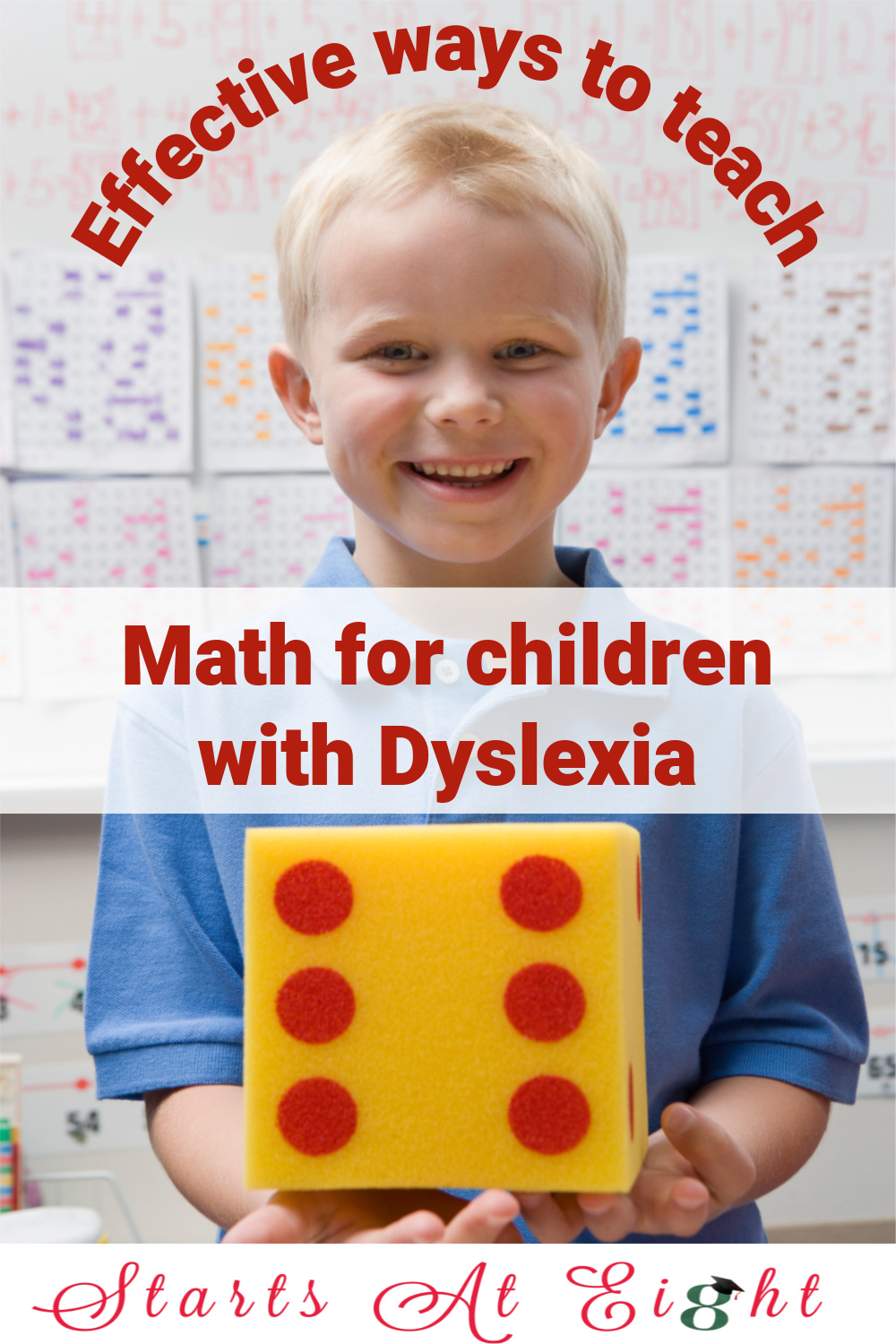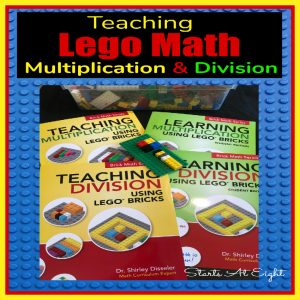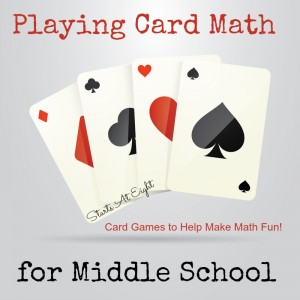Effective Ways to Teach Math for Children with Dyslexia
Many children who have dyslexia are so disappointed when they figure out that sometimes dyslexia affects their math too, but often this only becomes apparent a few years after they have realized that reading is difficult.
This is because most children find early math quite easy and can do simple addition and take away sums, however when it comes memorizing times tables, mental math, and their slower processing speeds, the difficulty becomes apparent.
It’s important they can get a good grasp on these concepts before moving onto more advanced math such as integration.

Effective Ways to Teach Math for Children with Dyslexia
Between 60 to 100% of dyslexics have difficulty with certain aspects of mathematics. As parents this can be so difficult to watch, especially when they have already taken a confidence knock with their reading.
So what can we do to lessen these difficulties and make sure math stays fun and engaging for children with dyslexia?
Improve Working Memory
One of the common traits of dyslexia is a weakness in working memory. Our working memories help us to hold small pieces of information in our mind while carrying out a task.
A good working memory is essential in math, so we can keep hold of numbers while working out more complex sum.
Luckily, there are plenty of things that you can do to try and help strengthen your child’s working memory, and most of them are games which kids tend to love!
Any game which requires your child to use their memory will do the job. Simply having to keep the rules of the game in mind while playing a game can strengthen the working memory.
Great examples include:
- Memory matching card games – turn all the cards upside down and turn over two at a time to find the matching pair.
- What’s missing – gather up 5 household objects, have your child memorize them, then remove one and ask them to figure out which one has been taken.
- I went to the shop – the first player starts by adding one item, then the next player recalls the item, and adds another to the list. Play continues until the last person can remember the correct order of items!
Allow the Use of Aids
Once your child knows how to work out their times tables, or other mathematical facts, keep a printed list of the times tables facts close by when they are working out more complex questions, to reduce the number of steps in the problem.
This allows your child to move through a curriculum and feel a sense of achievement rather than feeling completely overwhelmed.
If your child has dyslexia, they might struggle with the written element of math, so read any questions aloud that they might find difficult, again to reduce the frustration. Save reading time for their reading sessions.
You can also encourage your child to use a calculator once they have good number sense and understand the basics of adding, subtracting, multiplication, division and place value.
Multi-Sensory Approaches
All children learn differently, so providing a wide range of sensory approaches when you teach helps them to understand math concepts in different ways.
You can use sight, touch, hearing and movement to enhance your children’s learning. Using objects for counting, multiplication and division can help them to grasp the logical side of math in a visual way.
There are a number of curriculums such as Singapore Math and Math U See which encompass a wide variety of learning methods.
Create a Happy Environment
Have you ever noticed that your child recalls and remembers events where they were happy really well? This is because when we are happy, dopamine and serotonin are produced which improves our memory and ability to learn.
This isn’t just hearsay, research has been done into the correlation between feeling strong positive emotions and learning and the link is scientifically proven.
Studies have even been carried out on adults in the workplace, and when their workplace is fun, employees are more likely to try out new things.
So if you can create a fun and happy learning environment each time you have a math lesson, they are a lot more likely to retain facts and information.
Can you get your children to laugh while they’re learning some tricky math rules? Laughter is a powerful quick route to happiness, so if you can think of a few math related jokes to lighten the mood, you might just find that your kids start to enjoy and look forward to math.
Which Method Should You Use?
Unfortunately, there is no one size fits all when it comes to the best way to teach math to a child who has additional needs. Play around with some of the above techniques, until you find a style that suits your child.
Ultimately, your child already has the best teacher – you! You have their best interests at heart, you know them better than anyone else, and so therefore you have the best chance at finding a way to make math fun and enjoyable for your child, despite their difficulties.
Bio: Jesse Woods homeschools his own two children and founded Matter of Math to provide a multisensory approach to learning, and to make math accessible to everyone from children to adults who have always struggled. He is a member of the American Mathematical Society and the National Council of Teachers of Mathematics and hold a degree in Math and Physics.






